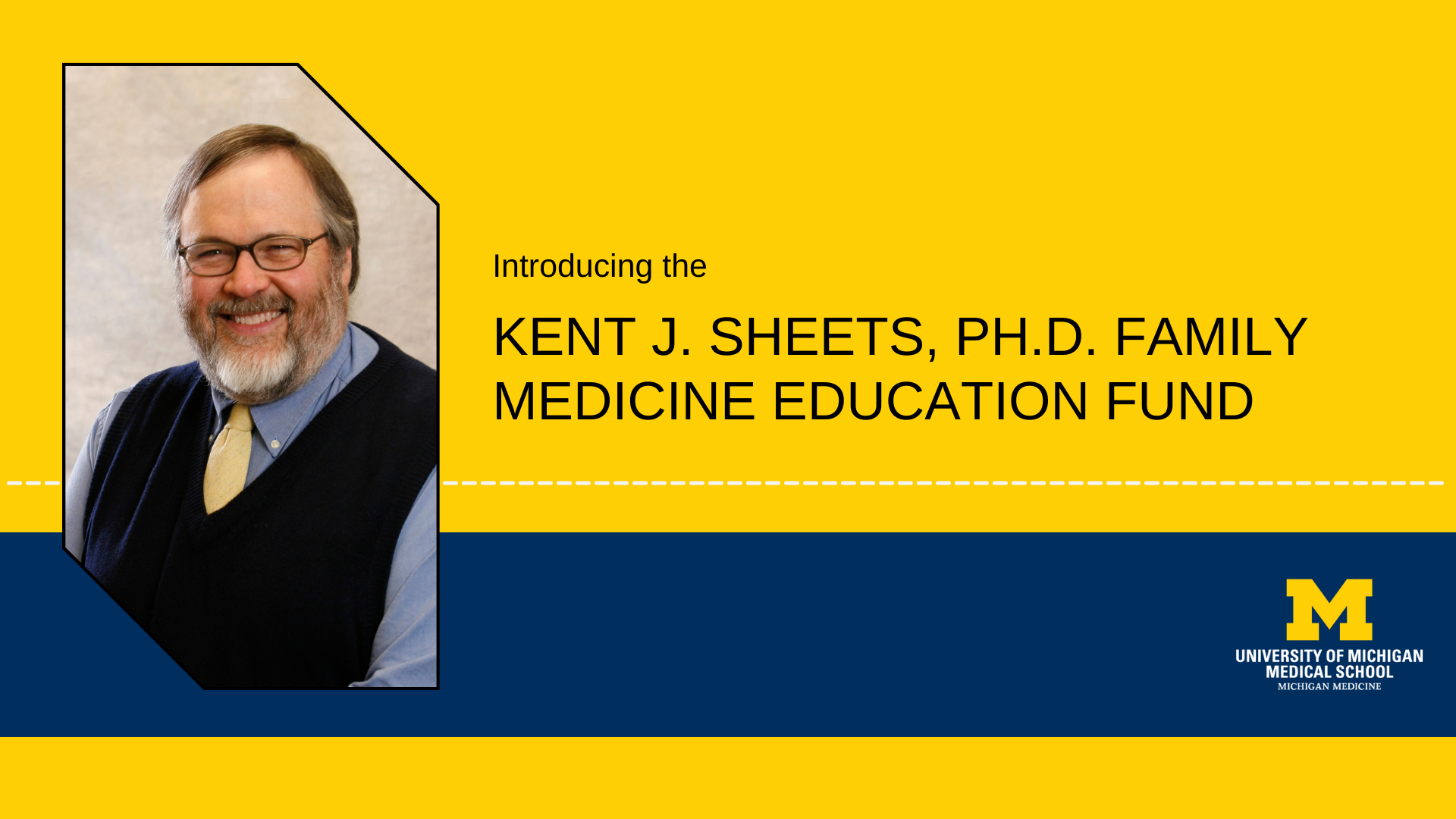1. Biopsychosocial Model
-
Patient-centered communication skills:
- Demonstrate an empathic response to patients using active listening skills.
- Demonstrate the ability to set a collaborative agenda with the patient during any patient encounter.
- Demonstrate the ability to elicit, prioritize, and attend to the patient’s specific concerns.
- Review patient’s history, physical examination, and test results using terminology that the patient can understand.
- Clarify information obtained by a patient from popular media, friends and family, or the Internet.
- Validate a patient’s feelings by naming emotions and expressing empathy.
- Effectively incorporate psychological issues into patient discussions and care planning.
- Use empathy and active listening skills to improve patient adherence to medications and lifestyle changes.
- Explain treatment plans for prevention and management of acute and chronic conditions to the patients.
- Reflect on personal frustrations and the patient’s situation to better understand why patients do not adhere to offered recommendations or plans.
-
Psychosocial awareness:
- Explain why physicians have difficulty in situations such as patients’ requests for disability documentation, non-adherence, and chronic narcotic use.
- Describe the influence of psychosocial factors on a patient’s ability to provide a history and carry out a treatment plan.
-
Patient education:
- Describe mechanisms to improve adherence to and understanding of screening recommendations.
- Provide patient education tools that account for literacy and cultural factors (e.g., a handout on how to read nutrition labels.)
- Describe the patient education protocols for core chronic illnesses at their assigned clerkship sites.
- Identify resources in a local practice community that support positive health outcomes for diverse patients and families.
- Promote the use of support groups and other community resources to assist patients with mental health needs.
- Identify and distribute current resources for patients with substance abuse problems at their clinic sites (e.g., lists of treatment referral centers, self-help groups, substance abuse counselors, etc.)
2. Comprehensive Care
-
Information gathering and assessment:
- Apply critical appraisal skills to assess the validity of resources.
- Formulate clinical questions important to patient management.
- Conduct an appropriate and comprehensive literature search to effectively answer clinical questions.
- Apply evidence-based medicine (EBM) to determine a cost-effective use of diagnostic imaging in the evaluation of core, acute presentations.
- Demonstrate ability to discriminate between high and low-quality evidence when searching the medical literature.
- Utilize high-quality Internet sites as resources for use in caring for patients with core conditions.
- Curate a set of high quality mobile apps for quick reference when delivering patient care.
-
Lifelong learning:
- Demonstrate an appropriate level of meta-cognitive skills to assess and remediate one’s own learning needs.
- Describe an individualized, evidence-based process on how to keep current with preventive services recommendations.
- Create an evolving set of learning goals and measures of success for those goals that address areas for improvement.
3. Contextual Care
-
Person in context of family:
- Conduct an encounter that includes patient and families in the development of screening and treatment plans.
- Demonstrate caring and respect when interacting with patients and their families even when confronted with atypical or emotionally charged behaviors.
- Demonstrate interpersonal and communication skills that result in effective information exchange between patients of all ages and their families.
-
Person in context of community:
- Incorporate knowledge of local community factors that affect the health of patients into daily patient care.
- Demonstrate awareness of local, regional, and national health disparities and their impact on patient care.
- Practice interpersonal and communication skills that result in effective information exchange between patients of all ages and professionals from the other disciplines and other specialties.
-
Person in context of their culture:
- Communicate effectively with patients and families from diverse cultural backgrounds.
- Identify areas where a patient’s cultural context can impact health through comprehension, cultural perspective, access and utilization of health care.
- Describe one’s own cultural influences and biases as they impact one’s ability to effectively deliver patient care.
4. Continuity of Care
-
Barriers to access:
- Define social determinants of health and their role in continuity of care.
- Describe the social determinants that can affect a patient’s ability to access and utilize the health care system at multiple levels:
- Individual patient barriers
- Community barriers
- Health care system barriers
5. Coordination/Complexity of Care
-
Team Approach:
- Describe the benefits of interdisciplinary health care teams in patient care (e.g., pharmacy, nursing, social work, and allied health).
- Demonstrate skills in effective teamwork (e.g., sharing information, solving clinical problems as a team, etc.).
-
Quality and Safety:
- Define clinical processes established to improve performance of a clinical site.
-
Complexity of Care:
- Identify diagnostic uncertainty and the role of multi-systemic influence on a patient’s condition.
- Adapt to changing patient presentation and needs.
- Utilize effective patient care management strategies in patient’s presenting with complex conditions.
- Describe the use of health information technology to enhance care coordination.
- Summarize the importance of linking resources with patient and population needs.
Source: Society of Teachers of Family Medicine: National Clerkship Curriculum. Second Edition, 2018.
Downloads
Family Medicine Clerkship Goals and Learning Objectives (Printable Version)


